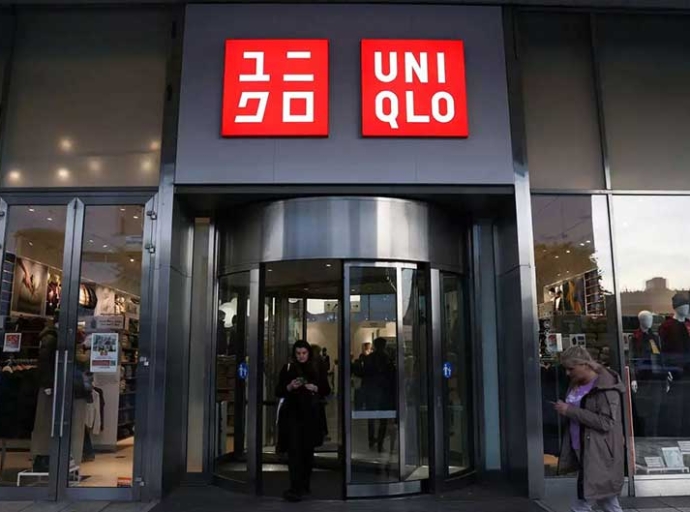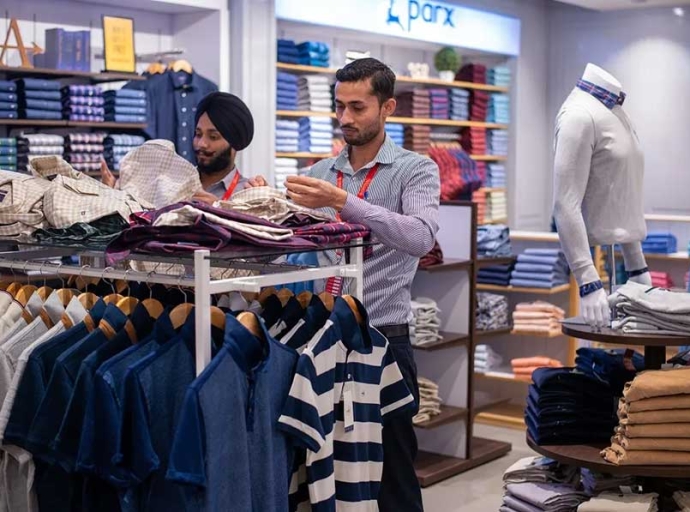09 February 2023, Mumbai
In a good way, socks are essential apparel, second skin for comfortable footing, fundamentally sock is nothing but a piece of apparel/garment the wearer will only wear on the feet and, invariably is supposed to envelop the ankle portion of the leg or let us say a part of the calf.
According to estimates, The Indian socks industry is projected to be worth around $2.5 billion and is expected to grow at a decent trajectory of CAGR (Compound annual growth rate) of 8.4% between the projected period from 2021 to 2026. And some of the trade sources it is expected to account for 4% of the market for innerwear.
Major big-time prominent hosiery players in the industry include Lux Industries, Dollar Industries, Amul, and Rupa & Company among leading players in this sector highly dominated by regional unorganized players. More particularly popular Indian socks manufacturers are Mustang, Super Socks, and Bonjour Group besides men's wear prominent players too have a play in these evolving & growing trade segments such as Van Heusen and Park Avenue to name a few.
India is one country where socks till date are sold more popularly from the typical hosiery outlets, but lately, there has been effort put in by leading players towards both premiumization and improving product recall and visibility it is been retailed from LFR (Large Format Retail), EBOs, Departmental stores, and not to mention its growing sales from online retail channels/market places.
Shaping the future; Despite the market's relatively small size, it has tremendous room for expansion. Socks as a category are anticipated to expand faster than innerwear, which is estimated to increase at a CAGR of about 15%. The future of any segment solely depends on how well it is backed up by the spirit of innovation and trade's good and sustainability practices.
Changing marketing perspective
In the past, socks were distributed through the same methods as innerwear. Hosiery stores and MBO account for around 80% of sales, with the remaining 20% coming from LFS, EBO, and online.
Even though brick-and-mortar businesses dominate the sector, trade brands/labels continue to heavily focus on creating a solid online presence. However, the market for the future is online. Therefore we have made considerable investments to ensure that we are future-ready.
There is a growing recognition that conventional retail would now dominate the lion's share of the industry. The e-commerce market for fashion is predicted to treble over the next three years from its current share of 5%. Thus we must concentrate on this area.
Sock industry and the various alternatives
There are several alternatives for undergarments, including textured, patterned, sheer, opaque leggings, pantyhose, and fishnet stockings.
Global market size view; By 2015, the global apparel market is anticipated to increase and reach USD 20.3 billion. The largest markets for underwear will be in North America and the EU, which will account for 65% of the worldwide market.
In terms of market value and sales volume, the EU will be the largest market for underwear. The once-large market of North America will experience a downturn in the years to come.
The fall will be brought on by the recession, which will cause an expected slowdown, tighter budgets, and diminished consumer spending power. North America would still fall short of the EU in hosiery market share, notwithstanding the reduction. 2010 saw a 1% decrease in the current value in Japan. The latest estimate of market worth is 595.4 billion.
Japan's hosiery market has suffered because of a declining youthful population, an increase in older adults, and a low birth rate. In addition to adopting the Rules of Origin, Japan is seeking to implement Free Trade Agreements with other Southeast Asian nations (RoO).
Evolving trade dynamics
This makes it possible for low-income countries (from India, China, and Pakistan) to engage in duty-free commerce with Japan. The hosiery business is undergoing a revolution due to changing lifestyles. Particularly among the younger age group, manufacturers are seriously trying to enhance their market share.
Marketing landscape
Pricing competition is essential for building a solid market for the brands. Companies engage in severe rivalry to win over consumers by giving the finest deals and offering promotional discounts. Even better, several manufacturers sell value-added multipack products for dirt cheap. The target market for underwear is primarily young people.
Despite these encouraging signs, the industry's primary focus is on people between the ages of 15 and 29. Only 35% of the market's total comprises this category. People over 30 are still growing, which bodes well for the future of apparel. They account for 75% of the market's overall revenue, making them a lucrative target for hosiery makers.
Customer Perception
The bright side of the Indian socks industry has shown a considerably consistent growth trajectory and enormous potential through the years.
With increasing consumer demand, comes the need for technological advancements, diversifying into an array of sub-categories catering to the needs and requirements of a vast consumer base Pan-India in a tropical country like India and much-needed government support, the industry is set to leapfrog and is in for a bright future.
People in this market category want a more extensive size range emphasizing comfort, ease of maintenance, and freedom of movement. They can have trouble getting dressed due to other age-related health conditions.
All of these elements are crucial in influencing the market. The two demographics that require the attention of hosiery makers are older age groups and sizes.
Latest Publications


































